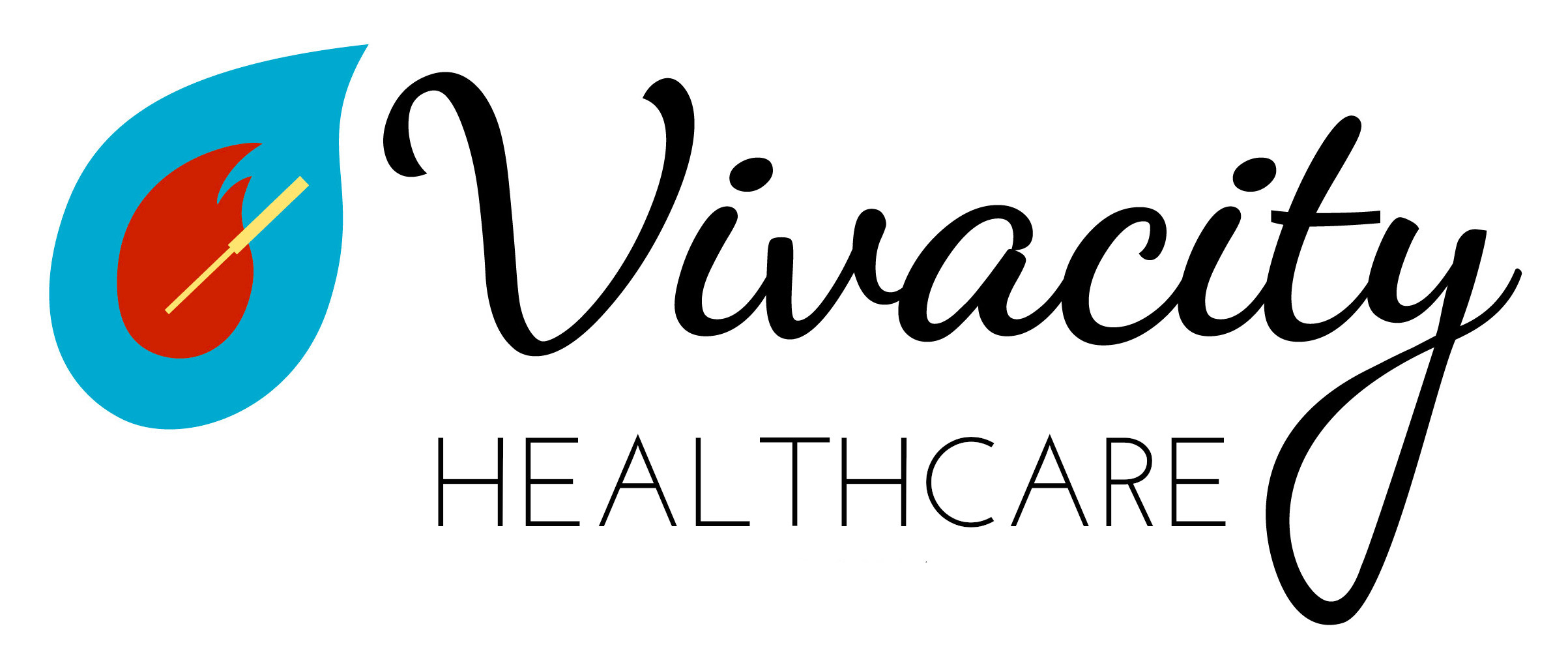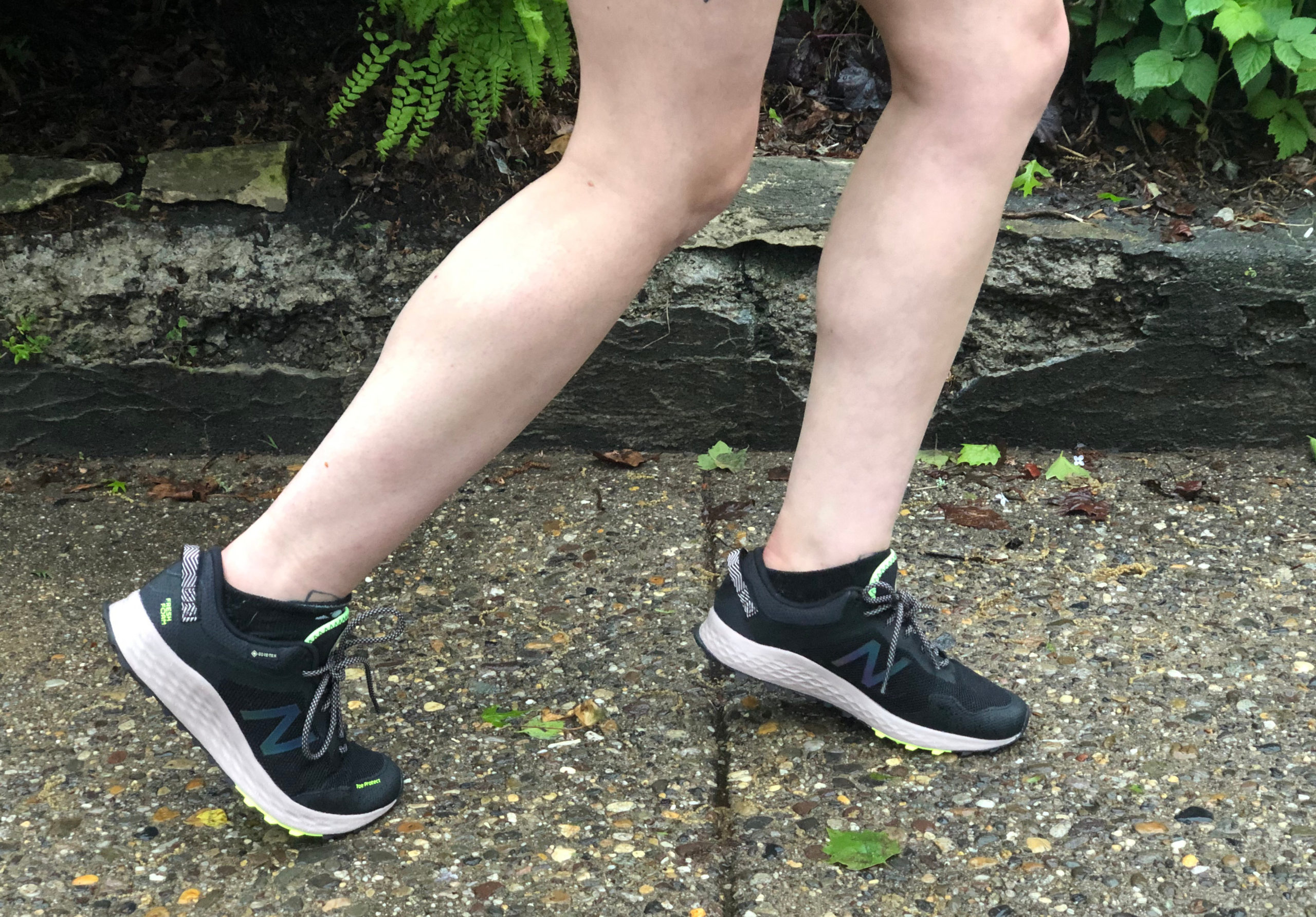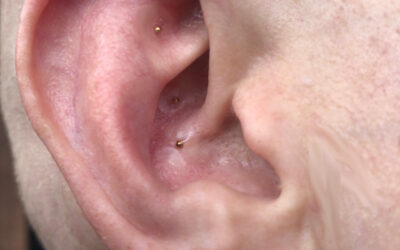A soft tissue injury is when trauma or overuse occurs to muscles, tendons (connecting muscle to bone) or ligaments (connecting bone to bone). Most are the result of a sudden unexpected or uncontrolled movement like a slip and fall, but they can also occur from excessive overuse such as going for a long run or performing another high-impact activity when already fatigued. If you are a runner, also check out my previous post about how to avoid common runner’s injuries. The most common soft tissue injuries I see in my practice are ankle sprains, back/hamstring/calf strains and Golfers/Tennis elbow.
There are three grades of severity of soft tissue injuries that will determine appropriate treatment:
Grade 1 / Mild:
• Minimal over-stretching with possible minor microscopic tearing of fibers
• Mild tenderness and minimal swelling
Grade 2 / Moderate:
• Partial tear of fibers
• Moderate pain, tenderness and swelling
• Unable to apply weight to injured area without pain
Grade 3 / Severe:
• Complete rupture of structure
• Significant pain and swelling
• Inability to use the injured structure
• Instability of the affected joint
With severe trauma, there may also be a fracture and it is advisable to go directly to urgent or emergency care for an assessment. Signs of when an injury requires immediate medical examination are:
• You are unable to put any weight on the injured structure
• There is an unusual deformity or shape
• You heard a pop or crack at the time of injury
• Any surrounding bony structures are painful
• Neurological signs like numbness or tingling (either at the injury site or elsewhere) are present
Treatment for Grade 1 and 2 Injuries
During the first 24-72 hours, it is important to follow the PRICE system explained below. For a proper diagnosis, an appointment could be made with your general practitioner or physical therapist. Gentle pain-free movement is encouraged in this time frame but avoid heat, massage and consuming alcohol because they will increase blood flow and swelling. If you have an at-home Transcutaneous Electrical Nerve Stimulation (TENS) unit, you can use this for acute pain for 30-60 minutes up to 4 times a day to reduce inflammation and pain. Consult your healthcare provider for proper placement of the pads if you have never used your unit for this particular area, or your acupuncturist can apply e-stim with your treatment for a similar effect. If additional pain relief is required, your pharmacist or physician can advise you.
PRICE System
Protect
: Stop any activity that would aggravate the injury, and use crutches or wear a brace or sling if needed to provide support.
Rest: Avoid activities that cause significant pain, and initially avoid stretching which could further weaken the damaged tissue.
Ice: If the recent (within 72 hours) injury shows signs of heat (warm to the touch), swelling or redness, the current standard of icing as recommended by Dr. Mirkin is to apply it to the injured area for up to 10 minutes every 3-4 hours when awake. Remove the ice as soon as the area is numb, which could be in as little as 1-3 minutes for smaller areas. Exceeding 10 minutes of ice application is unnecessary, and may either impede circulation too much or aggravate trigger points. It is worth noting that back and neck injuries rarely show signs of heat, swelling or redness, so an alternative is to apply ‘herbal ice’ salve at the same intervals. This can also be used for limb injuries that do not show the aforementioned signs of acute inflammation.
Compression: Apply a firm bandage that does not restrict circulation or cause additional pain.
Elevation: If the affected area is a limb, raise it above the level of your heart with cushions or a sling when not in use to reduce swelling.
For most injuries after the 72-hour mark, PRICE may be discontinued and heat may be applied if additional relief is desired. After any bruising fades, if any residual hardness or pressure pain exists this may be congealed blood under the surface of the skin called a hematoma. Cupping and gua sha are two modalities performed by acupuncturists that increase microperfusion in the capillary network to resolve residual stagnant blood. In my clinical observations, hematomas are more common in the hip area when there was full-body weight impact and/or ice was overused in the 24-72 hour period.
If you notice a strength or stability discrepancy between the injured area and unaffected areas once swelling, stiffness and any hematoma are reduced, further treatment may be in order. I often do myofascial trigger-point release acupuncture (also known as dry needling) to release any tension that resulted when the muscles braced for impact or overuse in conjunction with physical therapy when needed.
Treatment for Grade 3 Injuries
Typically an intervention such as casting and/or surgery would be required for this type of injury. After evaluation by a physician, myofascial trigger-point release acupuncture can mitigate any muscle tension while awaiting or after the recommended intervention. This would especially be recommended if after casting or surgery you notice a strength or stability discrepancy between the injured area and unaffected areas. Acupuncture can be performed in conjunction with any physical therapy recommended by the treating physician.




